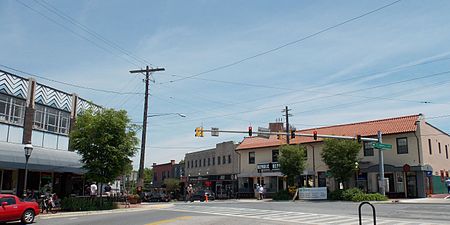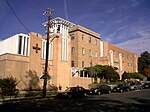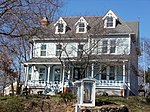Takoma Park, Maryland

Takoma Park is a city in Montgomery County, Maryland, United States. It is a suburb of Washington, and part of the Washington metropolitan area. Founded in 1883 and incorporated in 1890, Takoma Park, informally called "Azalea City", is a Tree City USA and a nuclear-free zone. A planned commuter suburb, it is situated along the Metropolitan Branch of the historic Baltimore and Ohio Railroad, just northeast of Washington, D.C., and it shares a border and history with the adjacent Washington, D.C. neighborhood of Takoma. It is governed by an elected mayor and six elected councilmembers, who form the city council, and an appointed city manager, under a council-manager style of government. The city's population was 17,629 at the 2020 census.Since 2013, residents of Takoma Park can vote in municipal elections when they turn sixteen. It was the first city in the United States to extend voting rights to 16- and 17-year-olds in city elections. Since then, the City of Hyattsville has followed suit.
Excerpt from the Wikipedia article Takoma Park, Maryland (License: CC BY-SA 3.0, Authors, Images).Takoma Park, Maryland
Boyd Avenue,
Geographical coordinates (GPS) Address Nearby Places Show on map
Geographical coordinates (GPS)
| Latitude | Longitude |
|---|---|
| N 38.98 ° | E -77.002222222222 ° |
Address
Boyd Avenue 326
20912
Maryland, United States
Open on Google Maps








